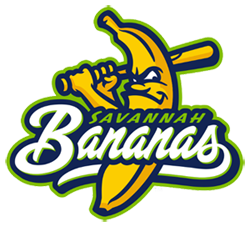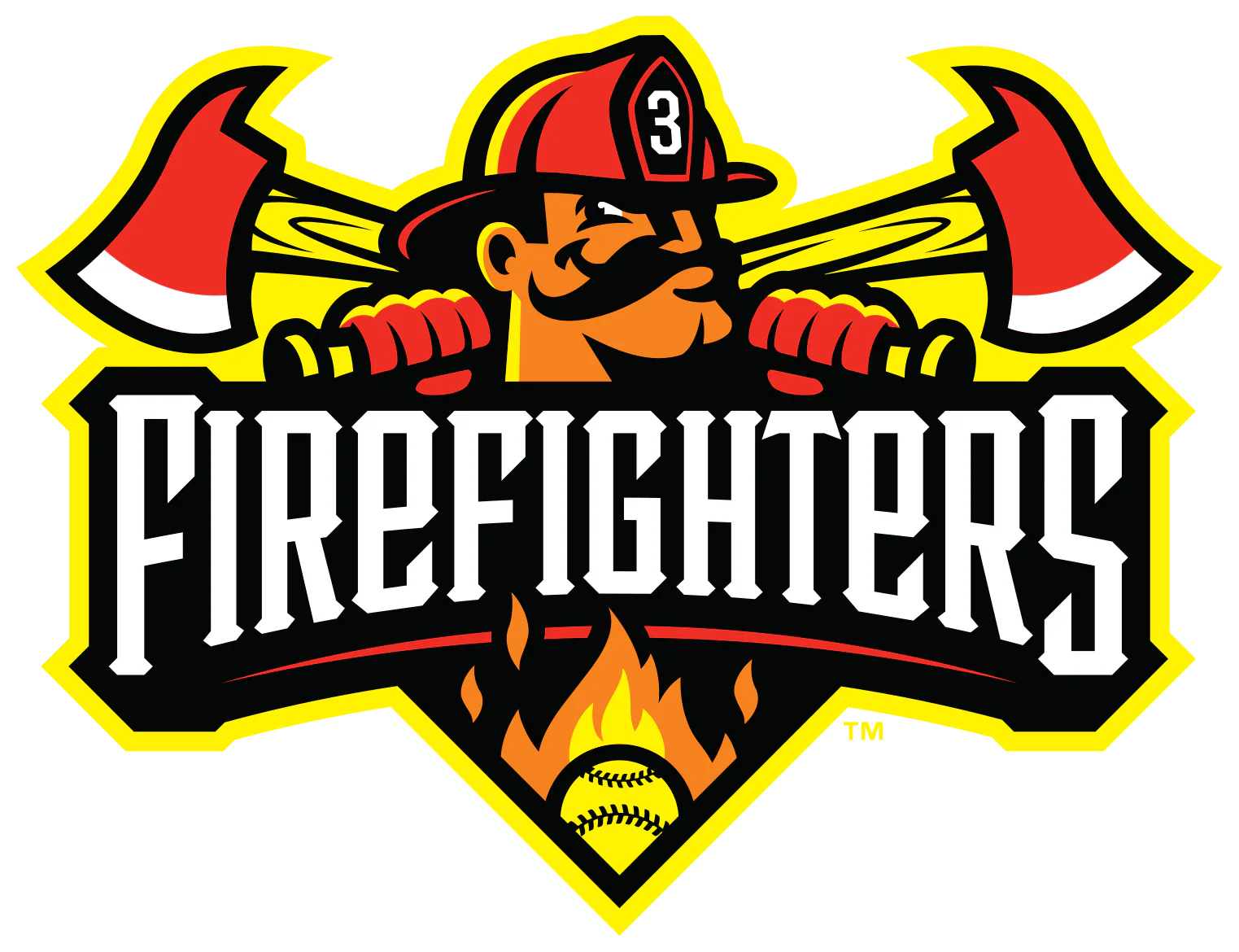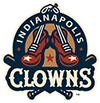Historic Grayson Stadium.
It’s the place that housed the beginnings of what would eventually become a world-wide phenomenon. Its walls bore witness to the birth of Banana Ball.
Tradition and history seep through the mortar between the bricks that hold the place together. It was once a place of gathering for later legends of America’s pastime. Today, some of those ghosts of baseball’s past walk through the grandstands.
Allegedly.
But here’s how it all began.
Nearly 100 years ago, the city of Savannah realized that there was a need for some sort of stadium, and so, in 1926, Municipal Stadium was opened. Babe Ruth and Lou Gehrig took the field not long after. In 1927, a packed stadium watched Ruth, Gehrig and the New York Yankees take on the St. Louis Cardinals. Despite a stellar performance by the pair, the Yankees ultimately lost 20-10…no trick plays were recorded.
It proved to be a great venue, not only for baseball, but apparently for politics as well. Even President Franklin Roosevelt spoke at Municipal for the Georgia Bicentennial in 1933.
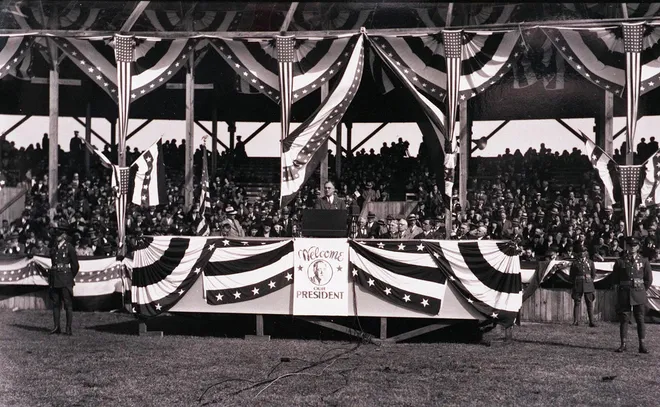
With a capacity of 15,000, it was much greater in size than the place we know now, but unfortunately, its grand nature was short-lived. In 1940, a hurricane wiped through the area and drastically damaged the stadium.
Luckily for the city, General William Grayson, a Spanish-American War veteran, saw the value in having one, and went to work rallying the financial support needed for rebuilding.
Thanks to him, the stadium’s restoration had begun. He passed away, however, just a year later in 1941, but his efforts were rewarded with naming rights.
But just as Grayson never saw the completion of the stadium, neither did the city.
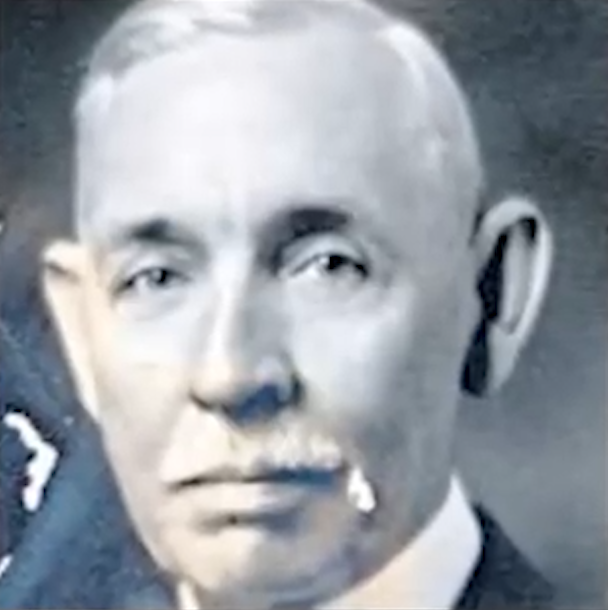
As World War II began, the stadium build was forgotten about, with only half of the construction being completed.
“They got halfway through the stadium build,” Ret Weeks, the Stadium Operations Coordinator at Grayson Stadium explained. “What you see is where they stopped then…”
Despite its incompleteness, Grayson was opened and the general’s hopes came to full fruition. Following WWII, baseball made its return to the stadium, and therefore ushered in what many have referred to as the “Golden Age” of baseball in Savannah.
From Mickey Mantle and Jackie Robinson to Hank Aaron and John Smoltz, there was no shortage of talent in Grayson Stadium, and people herded in to witness it on full display.
Throughout the years, the stadium housed a couple of minor league teams, including the Savannah Braves and the Savannah Cardinals, double A affiliates to the Atlanta Braves and St. Louis Cardinals, respectively.
The Savannah Cardinals called the stadium home for 12 seasons, and in 1996, after the Cardinals changed affiliates, a new minor league team was able to stake their claim. The Sand Gnats were a part of the Los Angeles Dodgers franchise, and they made Savannah their own until 2015. The Sand Gnats were then relocated.
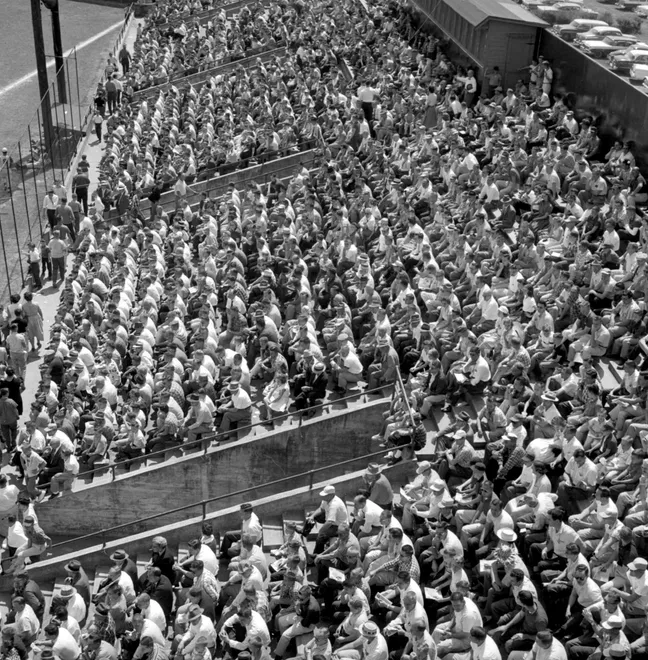
The bugs they were named after didn’t get the memo.
Grayson Stadium became the ghost of baseball’s past. At least, that’s what everyone thought.
“The message was that minor league baseball could just no longer survive here,” Savannah Bananas President Jared Orton explained. “We came to a stadium that was basically being abandoned and the city, the fans, everyone was told that baseball was dead, that no one would ever play here, ever again.”
We know, though, that Grayson Stadium’s story has continued, so that wasn’t really the case.
Enter the Savannah Bananas.
The name of Savannah’s new Coastal Plain League team was announced, and as the Bananas began to repair the city’s broken fanbase, staff worked tirelessly behind the scenes repairing their new home.
“When we actually got the keys, it was in rough shape,” Orton said. “Everything was dirty and grimy and not taken care of. We knew that it was a historical place and that it could become a nice place again, but that it was going to need lots of work and effort and love.”
Love Grayson’s new tenants were willing to put into it.
“We started doing some real renovations in 2017, when we added the stadium club,” Orton said. “In 2018, we added the little porches up in the rooftop area.”
In 2020, Banana Ball was introduced to the world, and it’s been a hit ever since. Games both in and out of the stadium have been sold out for years. As the new game has continued to evolve, so has the stadium, as both the city and organization come together to provide a venue worth playing in.
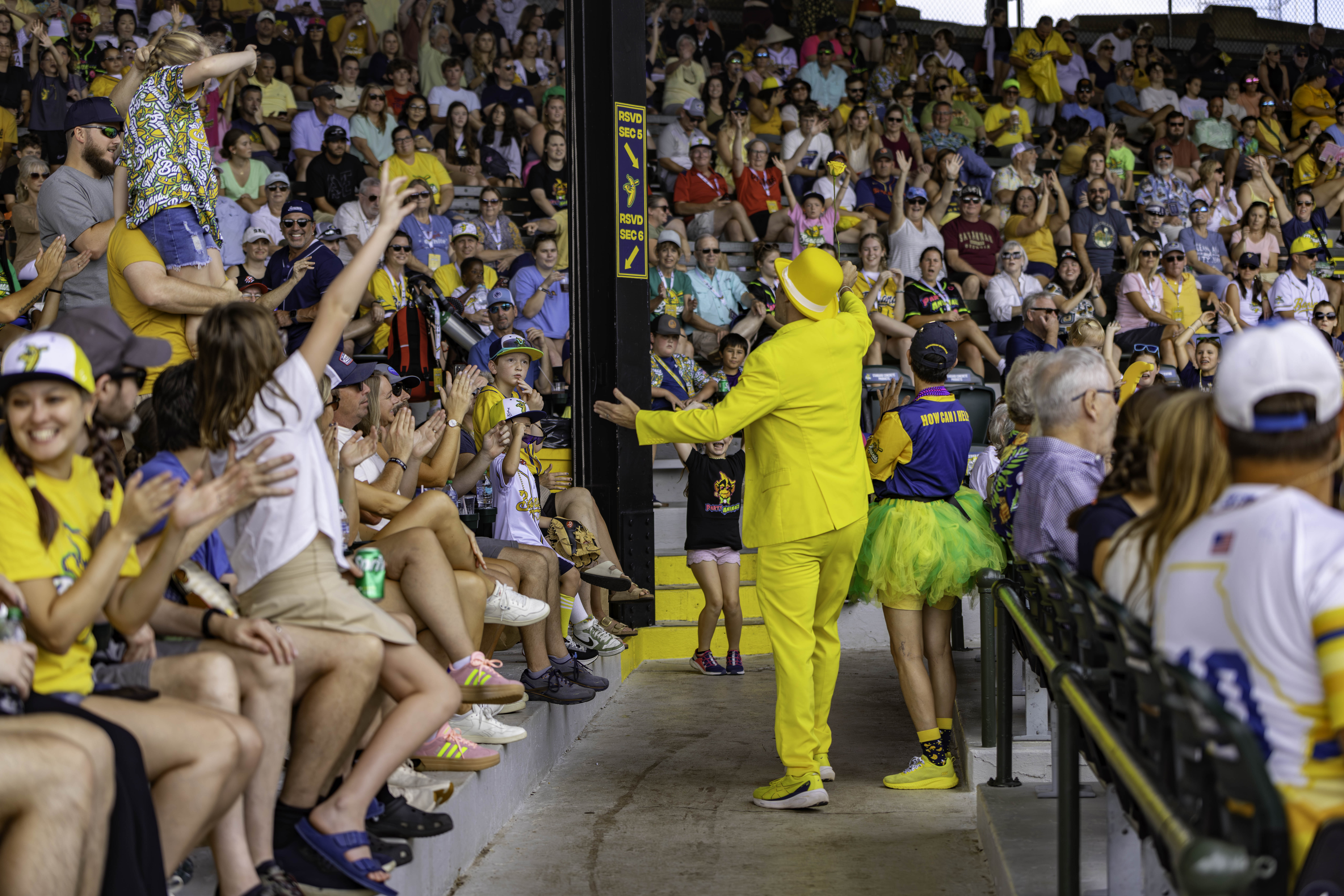
“The city agreed to SPLOST (one cent sales tax) funding and basically allocated five and a half million dollars voted on by the people of the county to directly put capital improvements into the state,” Orton explained.
After the funding was approved, the stadium crew was able to get to work on larger projects, such as stripping the old paint off of the grandstands, adding seats in the outfield and cleaning the main concourse.
“It’s been a team effort for sure, to make it happen,” Orton continued, “and it can’t just be one or the other. Both of us have to come together.”
After all, it’s only right to pour the same amount of love into the place that has shown love to you.
Each year, Grayson continues to be improved in some form or fashion, with each advancement working to elevate the experience that a fan has when watching a Banana Ball game.
“Going into 2025,” Weeks said, “we’re redoing the field (adding Astroturf), replacing the old 2007 video board with a new, modern screen, as well as new LED lighting upgrades to add a little bit of flair to really create that fully immersive fan experience at home.”
At the end of the day, however, Grayson still looks like Grayson. The stadium holds remnants of its past, and that’s something that Fans First Entertainment hopes never changes.
“We never want to make the stadium feel like it’s not a 100 year old stadium,” he explained, “and really blending that modern flair with the history of the stadium is what we’re big on, and preserving what’s here for years to come.”
Preserving Grayson’s history has been what many think makes the place so special. Whether you’re walking through the concourse and looking up at the banners that outline the history, or sitting in the same wooden carved benches that fans did when watching Gehrig and Ruth, there’s no doubt that magic was made there. Its yesteryear makes for an experience that fans can’t get anywhere else.
“People know that they’re walking into something that there are less and less of, that they can’t go to,” Orton said. “That spot is 100 years old, but that building is now 80 plus years old. To see it so lively, and feel like you’re a part of something here in 2024 or beyond, I think, is special to people.”
And if the last 100 years are any indication, you can expect even greater things to come for the future of Grayson Stadium.

